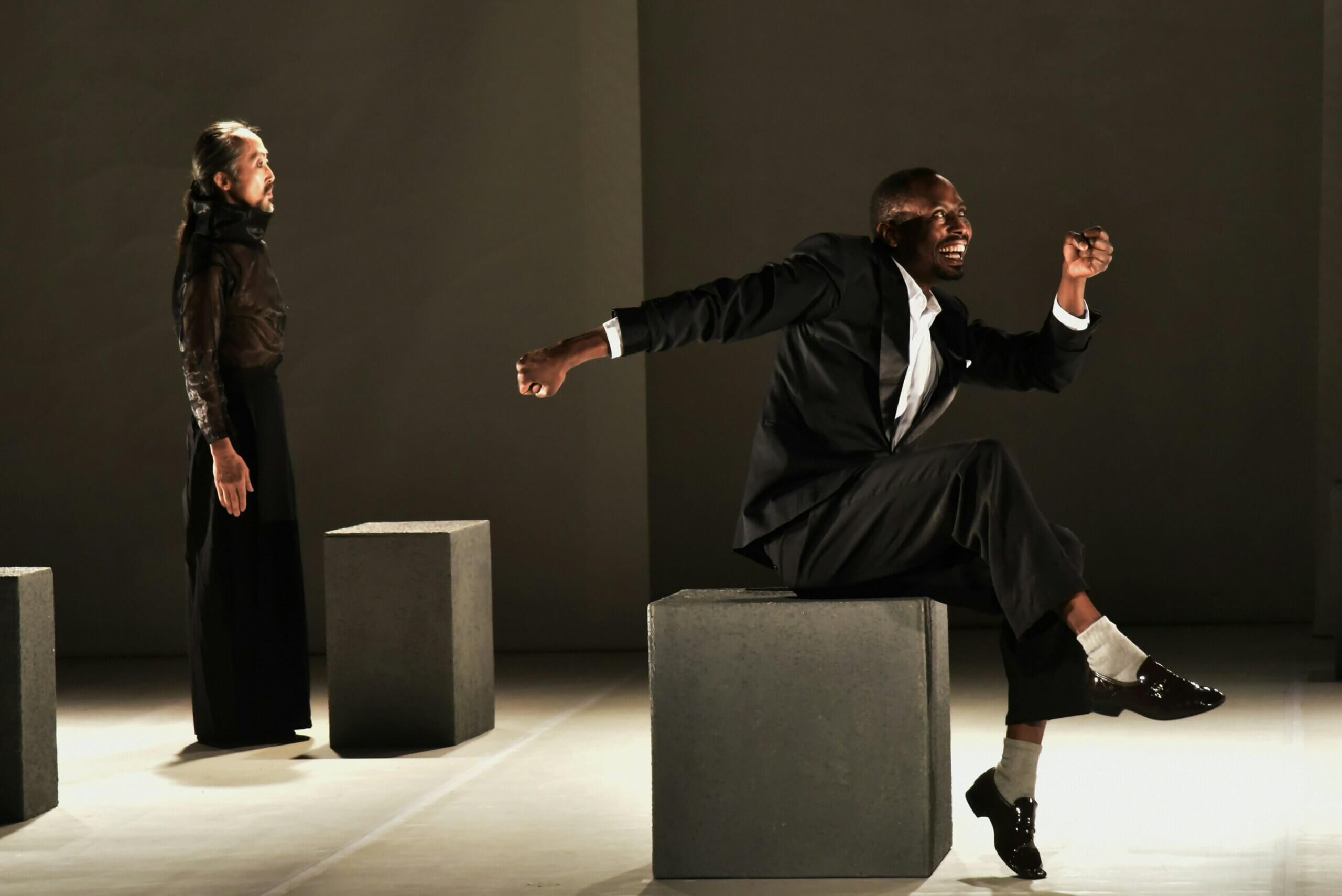Audition Advice with Casting Director Christine Sheaks
From “Fargo” to “Boogie Nights,” Christine Sheaks has cast some of the greats. Sheaks took a break from one of her current projects, the “Dramaworld” series on Netflix, to offer her take on auditioning best practices.
Is there any advice that you think all actors should hear?
“Actors need to know who they are and be connected to it before they get in the room. What makes an actor different is what’s going to get him or her the job; it’s a light that shines brightly. When William H. Macy used to audition, he did this so well. He’d just come in and do his thing. It may not have been for everyone, but it would always be true to who he was. I was the casting associate for ‘Fargo,’ and we had him come in and read several times. He wasn’t a star yet, but he just brought something to the table that really stood out. So, he got the job.”
What should actors avoid in an audition?
“Don’t come in unprepared. If an actor has 10 auditions that day and then takes two seconds to look at the material, it’ll show. I always tell actors to have their agents call me if that’s the case. If I can give them a later time or another day, I would rather do that than have them come in unprepared. Also, actors should never bring in a prop. The only exception is a cell phone, which is okay because it’s not distracting. During an audition for the series ‘Moonlighting,’ we had an actor take a toy gun out of his pocket, pick up one of my producers and throw him against the wall. Most actors know they shouldn’t do that, but they should avoid bringing a prop, in general, because our focus will be drawn to it.”
What should actors consider before they even get in the room?
“The headshot is so important, as far as getting them to the room. They want the best possible picture they can get because if I don’t know them, I’m going off their headshot. And a good picture can be ruined by poor composition. For example, if an actor has a black background, a black shirt and a black border around the photo, it’s not going to work. Overall, an actor’s picture should be interesting and stand out from the crowd. I really believe in taking chances. Actors can take chances in how they sell themselves as well as what they do creatively. But they have to believe that they’re going to pull off those bold choices, or it doesn’t work.”
Is there an encouraging story you can share?
“I can share how I discovered Anna Faris. I came in on ‘Scary Movie’ to replace somebody else, and on my first day, I saw a mound of tapes of actors who had sent their materials in. I literally picked a tape out of the pile, put it in the VCR and knew right then that she was special. I phoned her manager and said, ‘You need to have her come in and audition in front of the director.’ She was going to have to fly in for the audition, so I said, ‘I’ll make you a bet. If she doesn’t get the part, I’ll pay for her plane ticket. But I don’t think I’m going to have to do that.’ And, sure enough, she got it.”
Sheak’s time-honored advice reinforces much of the wisdom that teachers, casting directors and agents have been lauding for ages. By coming into auditions prepared and with a solid and personal sense of the role they’re reading for, together with a well-designed headshot, you’ll be sure to stand out. As Sheaks aptly put it, take your time with the material and avoid props when in the room (and certainly never manhandle any of the producers!). Taken to heart, her advice guarantees that, in her own words, you’ll let your light shine. And who knows, if casting loves what they see, they’ll bet on your success and even offer to cover your audition travel costs. Okay. That last part is a stretch, but you’ll still have a powerful ally on your side with an effective audition.




